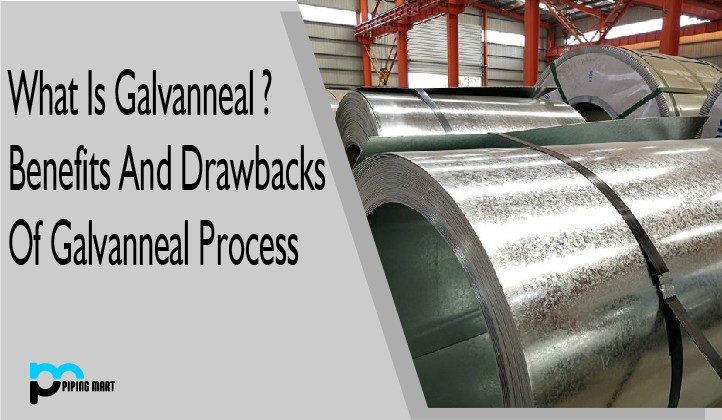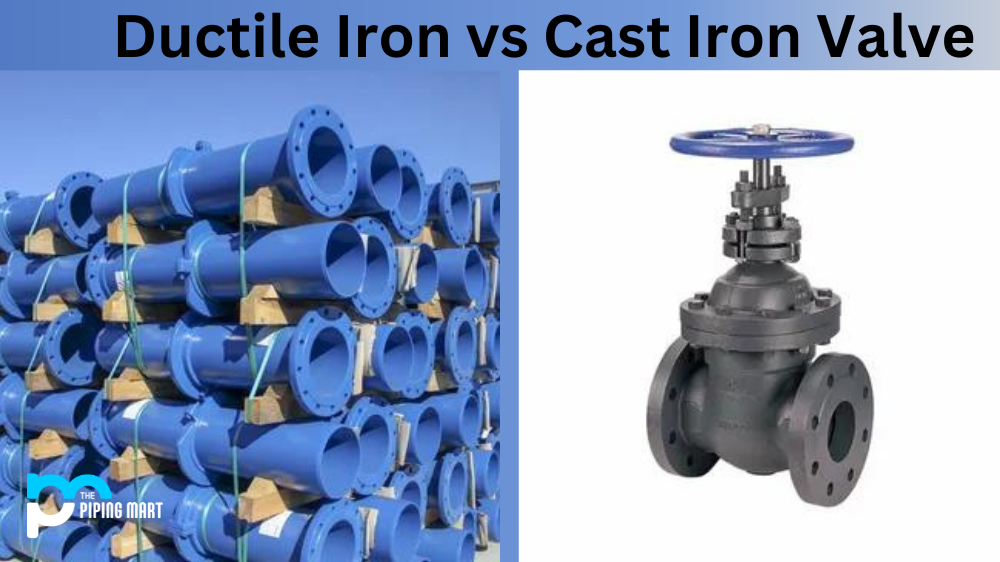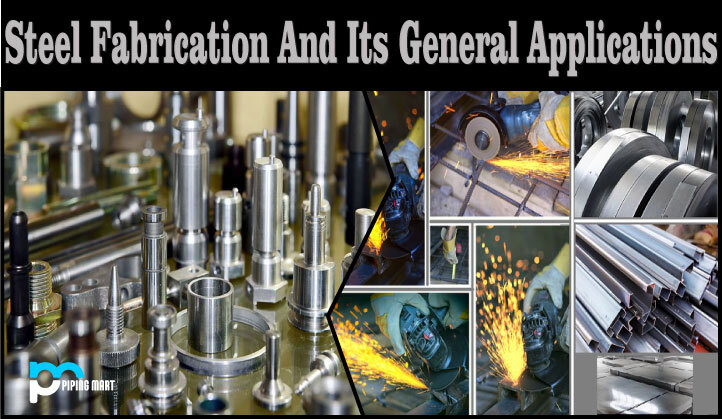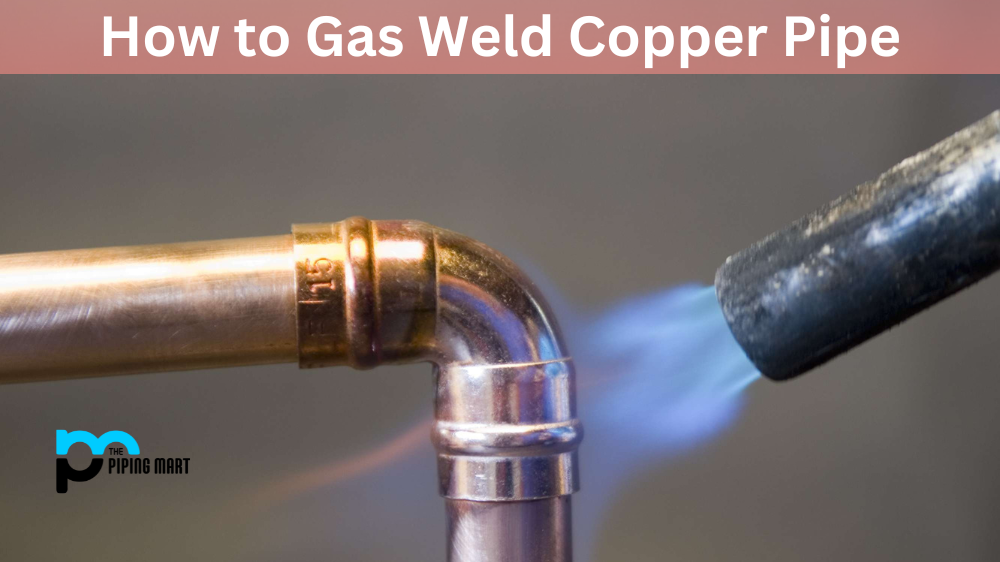For protecting an underlying base material from the effects of corrosion, expiatory coverings are an excellent method. Here, particularly one can prefer a popular combination as coating carbon steel along with a zinc layer. Such a variety of alloy and process is known as galvanized steel. However, several different methods are available for applying zinc layer, and galvannealing is one of them. Galvanneal is a combined term consist of two words as galvanized and anneal. In annealing, the metal is subjected to a heat treatment forced to develop the product with specific properties.
What is Galvanneal?
Galvanneal is a carbon steel product has a coating of zinc and iron mixture. Such product is most prevalent in automobile manufacturing, although it has other uses in construction and ship manufacturing. Galvanneal shows similarities with other galvanized steels. Perhaps it is most similar to the process of hot-dip galvanizing. The material is allowed to run through a liquid bath of zinc alloy to create Galvanneal steel. Here, zinc adheres to the surface without changing the metallurgical properties of either the zinc layer or the steel. Hence, the process is known as the hot-dip galvanizing process. For the galvannealing process, the galvanized steel is then allowed to pass through low pressure, high volume air knife, which blows excesses coating off of the steel before it solidifies. The process gives the steel a thinner zinc coating related to standard galvanized steel. The material is placed then into a furnace, where it continues until the steel hits an annealing temperature for a defined amount of time. The material allows the zinc and the surface of the steel to combine. Such Galvannealed steel is then cut into required dimensions.
Benefits and Drawbacks of Galvanneal process
Galvanneal steel holds several advantages over uncoated steel and other coated materials. Here, Galvanneal process is designed primarily for painting. Standard galvanized steel has the matte finish due to the presence of the zinc coating. Here, zinc coating is more absorbent than standard galvanized steel. It allows paints to stick to the surface firmly.
Galvannealed steel also holds a zinc coating that is stronger compared to many other types of galvanized steel. Here, this ability increases product resistance to scratching. It also causes different kinds of coating damage that may result in the steel’s exposure beneath the environment. Also, Galvanneal coating shows good formability and weldability compared to other types of galvanized steel. The process of Galvanneal also provides better corrosion resistance compared to uncoated carbon steels. The Galvanneal process’s disadvantage includes that it does not offer corrosion resistance as that of the galvanized steel.
Galvannealed Steel and its typical Applications
Applications of Galvanneal differ widely due to many other types of steel went through Galvannealing. For example, steel with low carbon may be Galvannealed and went into a section on an automobile frame. Whereas steel with thick, high-strength, and low-alloy may be suitable for Galvannealing and useful in building a building. Galvannealing is the process ideal for steels. Such steels are suitable in deep drawing, forming, high-tensile stress conditions, marine applications, and welding operations.

Pipingmart is B2B portal specializes in industrial, metal and piping products. Also, share latest information and news related to products, materials and different types grades to help business dealing in this industry.




